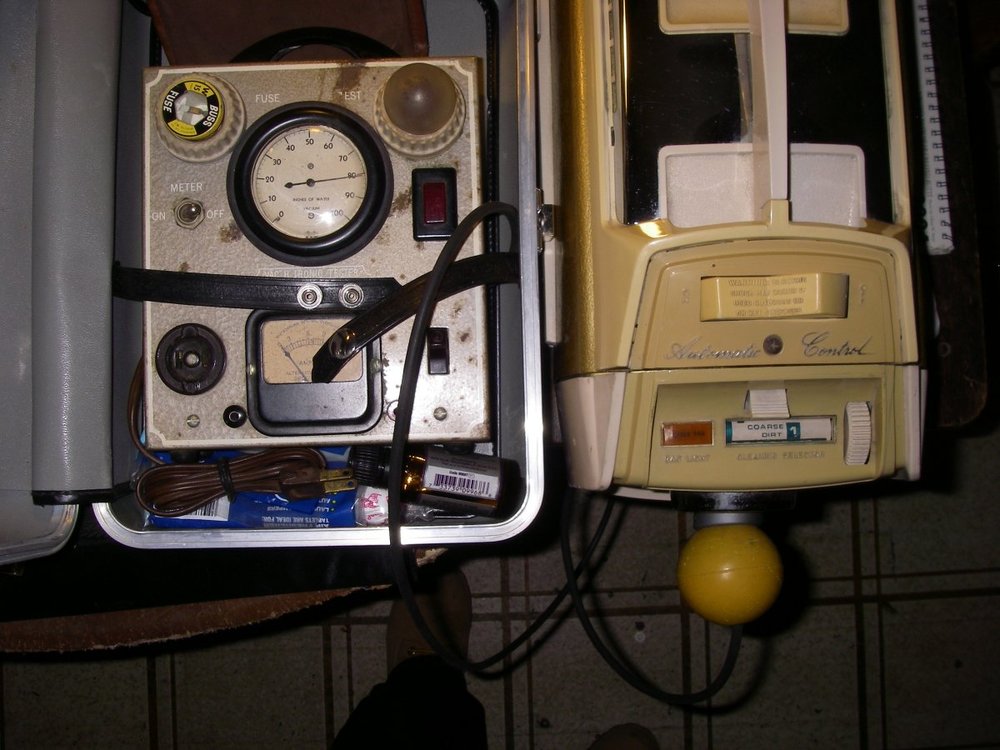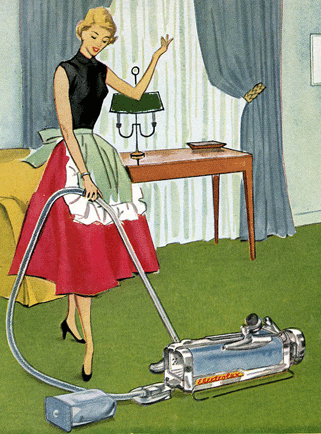|
Thread Number: 11894
Best way to measure suction and power? |
[Down to Last] |  |
| Post# 127681 , Reply# 3 3/16/2011 at 23:14 (4,782 days old) by aeoliandave (Stratford Ontario Canada) | ||

Measurement of the suction draw of a vacuum (or carburetor vacuum lines) is done with a negative atmospheric pressure Manometer.
Positive pressure manometers are used for pipe organ chest, windtrunk and reservoir readings. Originally conceived as a device showing graphic water level differentials in a vertical U shaped open ended tube and called 'water inches', later ones used mercury - mercury inches - as it did not evaporate and could be much smaller. I have a 1920s cast metal/glass tube water manometer that reads up to 10" for smaller organs, which normally use pressures of only 4-8" wind. Since vacuums can pull up to 120 water inches a do-it-yourself water manometer would have to be at least that tall. Thus mercury manometers for large pipe organ work could be much more portable. I have a pipe organ mercury manometer tho the mercury fill is long gone. Most vintage canister and cylinder vacuums pull from 50" to 65", with Compacts and Filter Queens easily reaching 75-80". I don't recall the water to mercury conversion formula but any basic engineering book will. Equally accurate and indisputably more portable are vacuum diaphragm dial gauges that use a brass can connected to a rotary needle. A single 1/8" nipple fitting open to atmosphere gives an needle-adjustable reading of 0". Tap this nipple to a rubber ball seals it against the vacuum inlet and gives the reading on the dial. These are made in all ranges of Automotive and industrial measurement and in the player piano hobby we all must have one at our bench that reads past 100". A gauge like this is what is inside the fancy Vac-U-Tronic Tester. Through a hole in the side of the case one inserts the hose end against a rubber ball; I have a second rubber ball on a 3 foot rubber airline so I can bring the ball to the vacuum's inlet for considerately accurate readings, since hose coupler fittings tend to leak somewhat. The electrical measurement side of the vac-U-Tronic is isolated from and unconnected to the vacuum gauge. This is for controlling the on & off of the vacuum motor, checking the viability of various circuits and measuring amperage under load. Picture of my Electrolux Golden J pulling 80". This link goes to a Do-It-Yourself manometer page. CLICK HERE TO GO TO aeoliandave's LINK 
| ||
| Post# 127693 , Reply# 5 3/17/2011 at 08:49 (4,781 days old) by twocvbloke () | ||
|
You need a water lift gauge like this: CLICK HERE TO GO TO twocvbloke's LINK on eBay | ||

 Comes to the Rescue!
Comes to the Rescue!